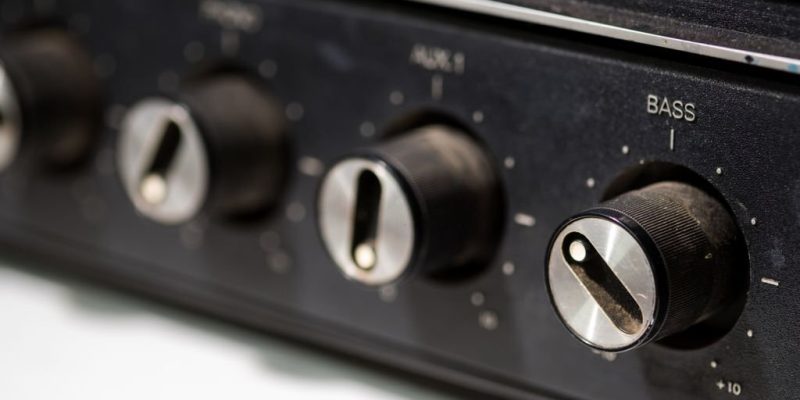In the ever-evolving realm of audio technology, one term that has gained significant traction is DSD audio. As a passionate music enthusiast, you might be wondering what DSD audio is all about and why it’s creating a buzz in the industry. In this article, we will take a deep dive into the world of DSD audio, exploring its origins, benefits, and why it has become a sought-after format for audiophiles worldwide.
Understanding the Basics
DSD, or Direct Stream Digital, is an audio encoding format that offers an incredibly high level of resolution and fidelity. Unlike traditional audio formats such as MP3 or AAC, which rely on compression algorithms to reduce file size, DSD audio captures audio signals in their purest form. It achieves this by using a different approach known as pulse-density modulation (PDM), which samples sound waves at an extremely high rate.
Origins of DSD Audio
DSD audio was originally developed by Sony and Philips as a part of the Super Audio CD (SACD) format in the late 1990s. SACDs were designed to provide an unparalleled listening experience by delivering audio quality far beyond what traditional CDs could offer. Although SACDs didn’t gain mainstream popularity, the format’s underlying technology, DSD audio, continued to thrive and find its way into other applications.
Unmatched Audio Fidelity
One of the key advantages of DSD audio is its ability to reproduce sound with remarkable accuracy. With sampling rates up to 2.8 MHz (DSD64) or even 5.6 MHz (DSD128), DSD audio captures the subtle nuances and details of a musical performance, resulting in a more immersive and lifelike listening experience. The format’s high resolution allows for a wider frequency range and greater dynamic range, preserving the original recording with exceptional precision.
Preservation of Musical Artistry
DSD audio’s commitment to preserving the authenticity of the original recording is a critical factor that sets it apart. By capturing audio signals at such high sampling rates, DSD audio retains the subtle nuances and intricate details that make a musical performance truly exceptional. Audiophiles and music enthusiasts appreciate this fidelity, as it allows them to experience the music exactly as the artist intended, with every nuance and emotion intact.
Enhanced Soundstage and Imaging
Another noteworthy benefit of DSD audio is its ability to create a more expansive soundstage and precise imaging. The format’s high resolution and dynamic range enable the reproduction of spatial cues, resulting in a more three-dimensional sound experience. Listeners can enjoy a heightened sense of depth, with instruments and vocals positioned with greater accuracy in the virtual sound space. This enhanced soundstage adds a new dimension to the listening experience, creating a captivating and immersive environment.
Compatibility and Versatility
Despite being a niche format, DSD audio has gained broader support in recent years. Many digital audio players, media servers, and software applications now offer native support for DSD playback. Additionally, a variety of digital-to-analog converters (DACs) and amplifiers are compatible with DSD audio, allowing enthusiasts to integrate it seamlessly into their audio setups. This growing compatibility has made DSD audio more accessible to a wider audience, fostering its adoption and popularity.
Conclusion
As we conclude our exploration of DSD audio, it becomes evident why this format has captured the attention of audiophiles and music enthusiasts alike. With its unwavering commitment to fidelity, DSD audio presents a gateway to a sonic realm that goes beyond the confines of conventional formats. The preservation of musical artistry, enhanced soundstage, and growing compatibility are all contributing factors to DSD audio’s rise in popularity. Whether you are an ardent audiophile or simply someone seeking an unparalleled listening experience, embracing DSD audio will undoubtedly elevate your musical journey to new heights.












Comments